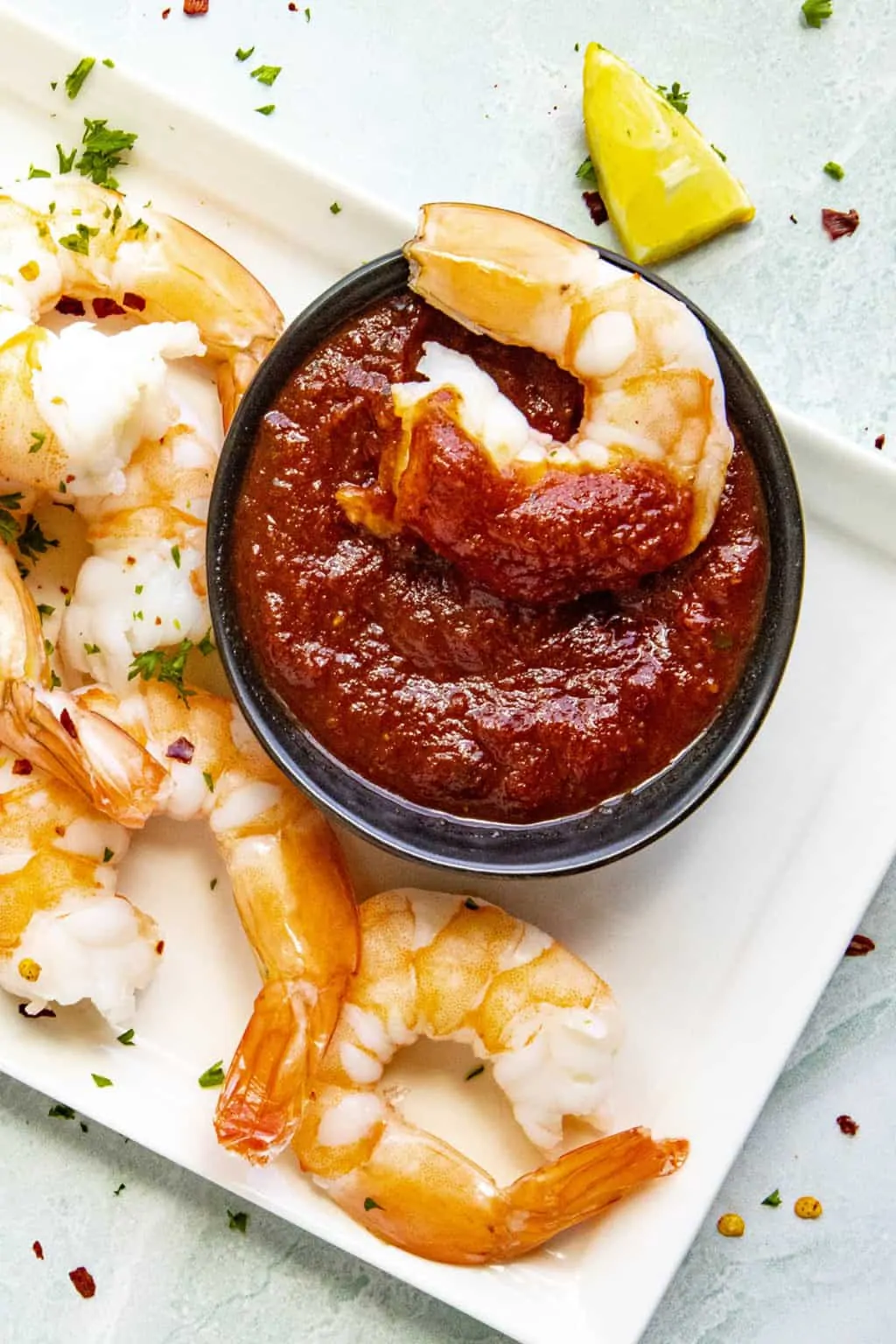- No. 268 Xianghe Street, Economic Development Zone of Xingtai city, Hebei 054001 China
- Byron@hbhongri.cn
Exploring the Flavors and Uses of Chili Powder and Paprika in Cuisine
The Vibrant World of Chili Powder and Paprika
Chili powder and paprika are two spices that have captivated the culinary world with their vibrant colors, unique flavors, and versatile uses. Both of these spices are derived from different types of peppers, yet they each bring their own distinct character to a myriad of dishes. In this exploration, we’ll delve into their origins, flavor profiles, culinary uses, and health benefits, illustrating why these spices are staples in kitchens around the globe.
Origins and Types
Chili powder typically consists of various dried and ground chili peppers, combined with other spices like cumin, garlic powder, and oregano to create a well-rounded flavor. The specific blend can vary widely depending on cultural influences and individual preferences. In the United States, chili powders are often used in Tex-Mex cuisine, featuring varieties such as cayenne and ancho peppers.
Paprika, on the other hand, is made from specific types of capsicum annuum peppers, which are dried and ground to create a powder that ranges in color from bright red to deep maroon. Originating from Hungary and Spain, paprika can be sweet, smoky, or hot, depending on the type of pepper used and how it is processed. Hungarian paprika is renowned for its sweet and mild flavor, while Spanish paprika, known as pimentón, often has a distinct smoky quality due to the traditional drying process over oak wood.
Flavor Profiles
The flavor profiles of chili powder and paprika are as diverse as their origins. Chili powder tends to lean towards a spicy and earthy taste, with varying levels of heat that can bring warmth to a dish. This spiciness can range from mild to scorching, making it essential for dishes that need an extra kick, such as chili con carne or spicy marinades.
Paprika is generally milder and sweeter than chili powder, contributing a subtle warmth and rich color to dishes without overwhelming the palate. The sweet variant enhances stews, soups, and sauces, while the smoky type adds depth to roasted vegetables, meats, and even paella. Because of its vibrant color, paprika is often used as a garnish, making dishes visually appealing.
chili powder paprika

Culinary Uses
Both spices are incredibly versatile and can be used in a wide array of culinary applications. Chili powder is essential for Texan chili, tacos, and barbecue rubs. Its ability to blend seamlessly with other spices makes it suitable for beans, grains, and even vegetable dishes, where it can impart a flavorful warmth.
Paprika shines in various Eastern European dishes, such as goulash and deviled eggs. Its striking color makes it a popular choice for garnishing, providing vibrant contrast in salads and dips. Additionally, paprika can be incorporated into marinades, dressings, and even homemade spice blends, making it an invaluable addition to any spice cabinet.
Health Benefits
Beyond their culinary appeal, both chili powder and paprika offer health benefits. Chili peppers contain capsaicin, which is known for its anti-inflammatory properties and can boost metabolism. Regular consumption may also improve heart health and reduce the risk of chronic diseases.
Paprika is rich in antioxidants, particularly carotenoids, which help combat oxidative stress and support overall health. It also contains vitamins A, E, and C, contributing to a strengthened immune system.
Conclusion
In summary, chili powder and paprika are more than just vibrant seasonings; they are rich in history, flavor, and health benefits. By understanding and utilizing these spices, home cooks and professional chefs alike can elevate their dishes, infusing them with warmth, color, and depth. Whether used in a comforting bowl of chili or as a finishing touch on a roasted dish, these spices will continue to enhance our culinary experiences for years to come.
-
The Versatile Uses and Benefits of Capsicum Frutescens Oleoresin and ExtractsNewsJun.03,2025
-
Paprika&Chili Products Enhancing Flavor and Wellness in Every BiteNewsJun.03,2025
-
Paprika Extract and Capsicum Applications in Food and IndustryNewsJun.03,2025
-
Exploring the Benefits and Uses of Turmeric Powder and Curcumin ExtractNewsJun.03,2025
-
Discover the Bold Flavor of Premium Chilli Powder from ChinaNewsJun.03,2025
-
Capsicum Oleoresin Extract: A Potent Natural Ingredient in Modern ApplicationsNewsJun.03,2025







